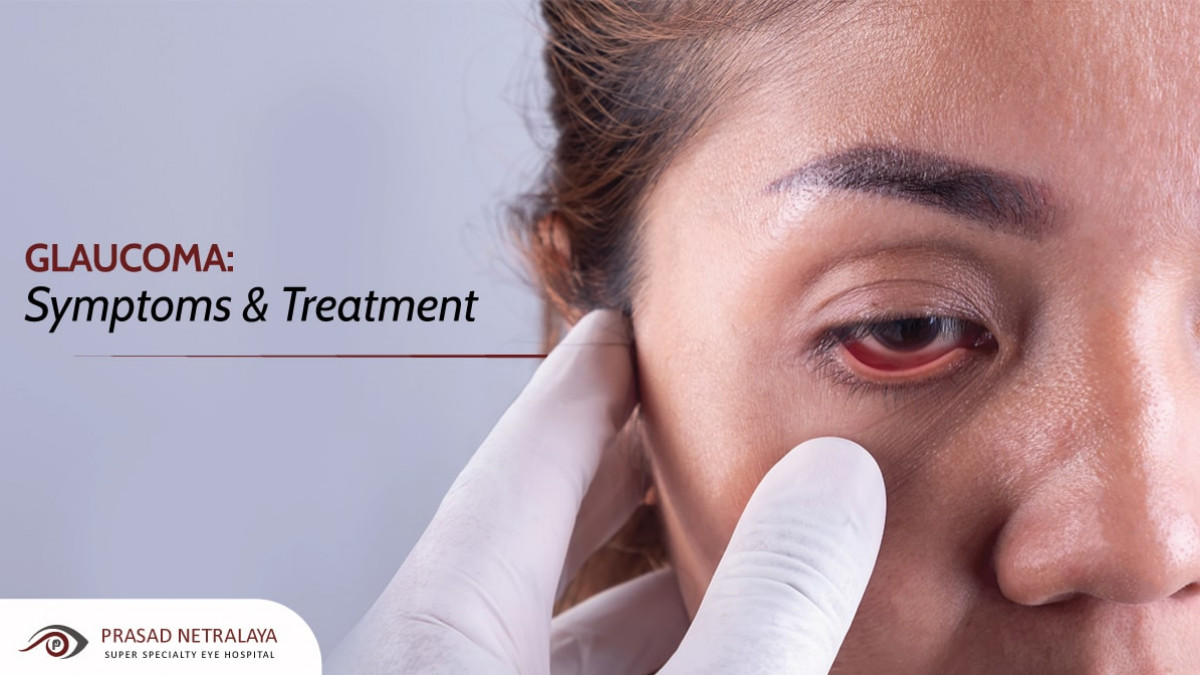Understanding the Various Vision Correction Procedures Available for Clearer Sight
In the world of vision improvement treatments, a wide range of options exist to address refractive errors and offer individuals with clearer view. Let's explore the intricacies of these treatments and shed light on the course to achieving boosted vision clarity.
LASIK Surgery
LASIK surgical treatment is an usual refractive procedure used to deal with vision issues such as nearsightedness, farsightedness, and astigmatism. This medical method, which stands for Laser-Assisted in Situ Keratomileusis, intends to reshape the cornea to improve exactly how light is focused on the retina, inevitably enhancing vision clearness.
Among the key advantages of LASIK surgical procedure is the fast improvement in vision experienced by patients. Many individuals see a substantial improvement in their sight quickly after the treatment. In addition, a lot of people report marginal discomfort and discomfort during the surgical treatment and recovery period. The recuperation time for LASIK is relatively quick, with many people going back to their everyday tasks within a day or two post-operation. In general, LASIK surgical procedure is a popular selection for people seeking a long-lasting option for their vision problems.
PRK Treatment
While additionally a common refractive treatment, the PRK (Photorefractive Keratectomy) technique differs from LASIK surgical treatment in its approach to dealing with vision issues. In PRK, rather of producing a flap on the cornea, the external layer of the cornea, called the epithelium, is totally removed. This allows the laser to reshape the cornea to remedy refractive errors such as nearsightedness, astigmatism, and farsightedness straight externally.

Regardless of the longer healing time, PRK can generate excellent lead to vision improvement, making it a useful choice for those that might not be appropriate candidates for LASIK surgical procedure.
Implantable Lenses
As opposed to PRK where the cornea is reshaped straight, implantable lenses use an additional technique for dealing with vision by placing man-made lenses inside the eye. This procedure is specifically helpful for individuals with high degrees of astigmatism, farsightedness, or nearsightedness that may not appropriate candidates for laser surgeries like LASIK or PRK.
Implantable lenses, also called phakic intraocular lenses, work by supplementing the eye's natural lens with an artificial one. eyecare near me. These lenses can be placed before the natural lens (anterior chamber) or behind the iris and in front of the natural lens (posterior chamber) By changing the power and positioning of these lenses, ophthalmologists can effectively fix refractive mistakes and improve visual skill
One advantage of implantable lenses is that they are exchangeable and detachable, supplying flexibility for future modifications. Nevertheless, just like any medical treatment, there are risks included, such as infection or cataract formation. Clients considering implantable lenses must seek advice from an eye care professional to determine the most click here to find out more ideal choice based on their specific requirements and eye health.
Corneal Rings
Corneal rings, additionally called intracorneal ring sections, are small, transparent tools put into the cornea to correct vision distortions such as keratoconus. Keratoconus is a problem where the cornea thins and protrudes exterior, triggering vision to come to be distorted. The insertion of corneal rings assists to squash the cornea, boosting visual skill and decreasing the irregular astigmatism caused by keratoconus.
The procedure for putting corneal rings is relatively quick and minimally invasive, usually carried out as an outpatient treatment. During the surgical treatment, the eye doctor makes a little cut in the cornea and inserts the rings at a specific depth. When in position, the rings assist to improve the cornea, giving a smoother surface area for light to get in the eye, which can result in clearer vision.
Corneal rings are considered a relatively easy to fix procedure, as they can be removed or replaced if needed. glaucoma service near me. While they might not totally remove the need for glasses or get in touch with lenses, corneal rings can considerably enhance vision top quality and total aesthetic convenience for people with keratoconus or other corneal irregularities
Refractive Lens Exchange
Complying with the visit this page modification of corneal abnormalities with procedures like corneal rings, an additional vision correction technique that can deal with refractive mistakes is Refractive Lens Exchange (RLE) RLE is a surgical procedure that involves replacing the eye's all-natural lens with an artificial intraocular lens (IOL) to deal with refractive mistakes such as presbyopia, farsightedness, and nearsightedness. This procedure is especially helpful for individuals who might not appropriate prospects for treatments like LASIK or PRK as a result of aspects such as slim corneas or high refractive mistakes.

Verdict
In conclusion, there are various vision adjustment treatments offered to assist individuals achieve clearer view. LASIK surgery, PRK treatment, implantable lenses, corneal rings, and refractive lens exchange are all choices that can deal with different vision concerns.
In the world of vision modification procedures, a wide range of choices exist to address refractive mistakes read this post here and supply people with more clear view.LASIK surgical treatment is a typical refractive treatment used to fix vision issues such as farsightedness, astigmatism, and nearsightedness.While also a common refractive procedure, the PRK (Photorefractive Keratectomy) strategy varies from LASIK surgical procedure in its strategy to dealing with vision issues.Adhering to the improvement of corneal abnormalities with treatments like corneal rings, an additional vision improvement technique that can resolve refractive errors is Refractive Lens Exchange (RLE) LASIK surgical treatment, PRK procedure, implantable lenses, corneal rings, and refractive lens exchange are all alternatives that can attend to various vision issues.